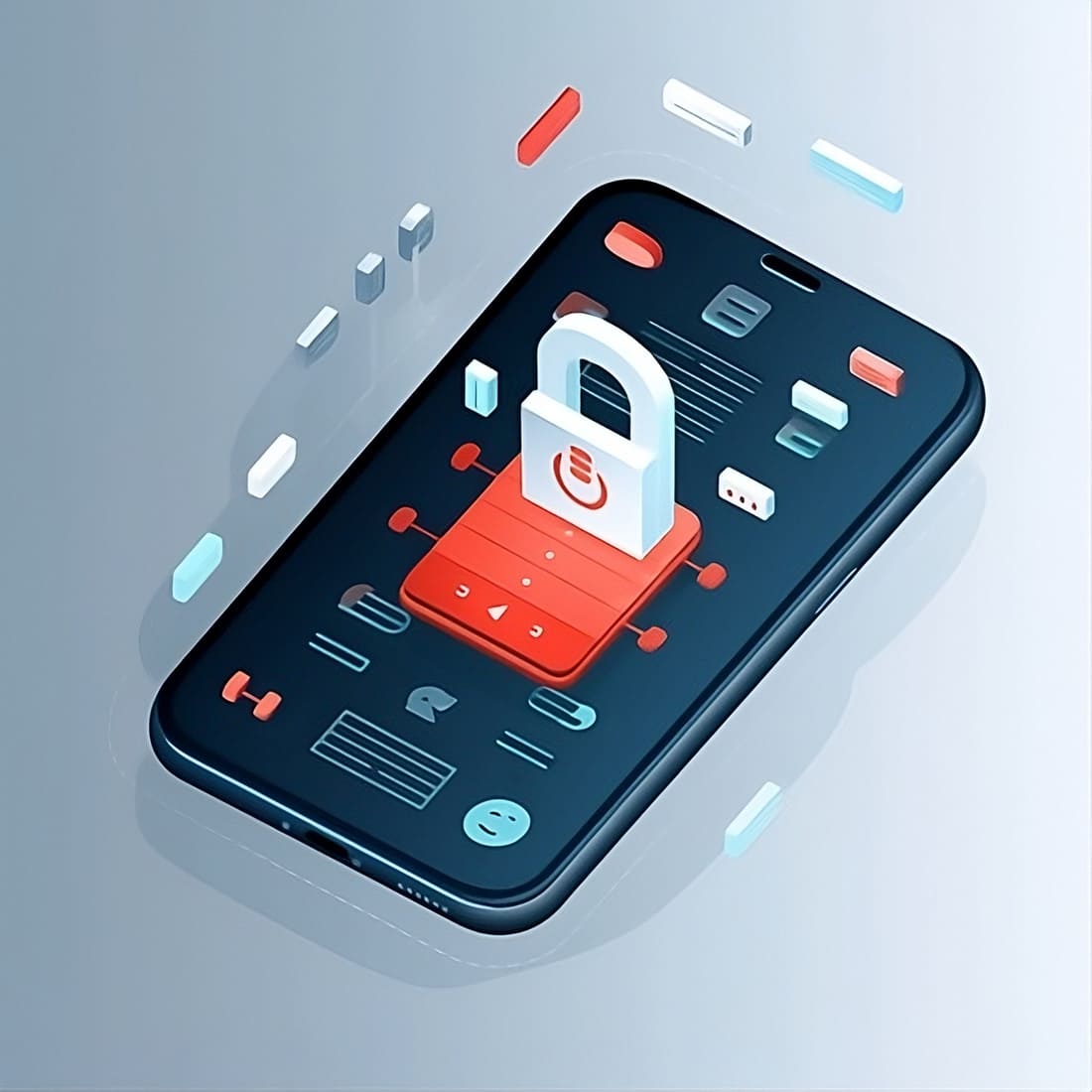When you turn on your Mac, you should always enter the password for the user account you use to use your computer. The thing, you are well aware, is the first fundamental step to preserve the security of your Mac and your data, but you are fed up with having to type the chosen keyword every time.
Given the situation, you would like to know how to delete the password to access the Mac and, therefore, you are looking for indications in this regard. Well, if that is the case, let me give you a hand… But I warn you: this is a highly discouraged operation, as it drastically reduces the security of the computer.
In this regard, I will suggest some solutions that you can consider as an alternative to the actual removal of the password, able to make it more convenient to unlock the Mac without undermining its security. Everything is explained below. And if you want to set up the password on Mac again, click here
Delete your account’s Mac login password
Want to learn how to delete your account’s Mac login password? Then read the directions below. I anticipate right away that you can succeed in your intent in different ways. Also freely choose the one you prefer.
In any case, keep in mind that while going to remove the password entry request when accessing the Mac there will still be other circumstances in which you may be asked to enter it, for example when it is necessary to authorize the installation of new applications (and thank goodness, I would say!).
Automatic login
The first method you can take to delete the login password to the Mac is to click on the System Settings icon (the one in the shape of a gear wheel) located on the Dock bar and click on the Users and Groups item on the left side of the window that appears on the desktop.
Next, select your user account from the menu adjacent to the Automatic login as found on the right, type the password currently set for the latter in the appropriate field and click on the Unlock button. Note that if FileValut is active you will not be able to set up automatic login.
If you must think again, you can reset the password entry at any time, simply by selecting the Automatic Login menu as the Inactive option.
If you are using an older version of macOS, do this: go to System Preferences > Users and Groups, select the Login Options item located at the bottom left and proceed similarly to what I have already explained in the previous lines. If you cannot perform these steps because the System Preferences are locked, to solve, click on the symbol of the closed padlock that you find in the bottom left of the window, type your current password in the appropriate field and then press the Unlock button.
Touch ID
If you are using a Mac, fixed or portable, with Apple Silicon chip (e.g. M1 or M2), you can possibly consider using Touch ID on the keyboard as an alternative to the usual password entry, so as to continue to protect your computer, but avoiding the hassle of having to type the access key every time you log in.
If you are interested in this and reflect the above conditions, to activate and configure the use of Touch ID click on the System Settings icon on the Dock bar, select the Touch ID and password item from the left side menu of the window shown on the desktop and, if you have not yet configured the use of fingerprint or if you want to add another one, click on the Add fingerprint item located on the right.
Next, type in the password for your user account and rest your finger on Touch ID on your Mac keyboard to set up your fingerprint, following the on-screen instructions. When the process is complete, click the Finish button. Once configured, assign a custom name to the footprint by clicking on the one shown in the label below it that has been automatically generated.
After completing the steps above or if you had already set up the use of fingerprint, turn the switch next to the Use Touch ID to unlock Mac option to ON and you are done.
For completeness of information, I inform you that you can also use Touch ID to make the quick user change, bringing to ON the switch that you find next to the item Use Touch ID for quick user change that is always present in the screen above.
In case you must think again, you can disable the use of Touch ID to unlock the Mac at any time, simply by turning the switch back to OFF next to the item Use Touch ID to unlock the Mac in the screen above.
If you’re using an older version of macOS (but not older than macOS Big Sur, as older operating systems don’t support the feature in question), do this: go to System Preferences > Touch ID, select the Add a fingerprint option and set up your fingerprint, then select the Unlock your Mac option.
Apple Watch
If you have an Apple Watch, you can also choose to use Apple Watch to unlock your computer as an alternative to having to remove your Mac password.
To do this, however, it is necessary that computers and smartwatches comply with the following minimum requirements: Apple Watch must be updated with the watchOS 3 operating system or later; the Mac must have been manufactured from mid-2013 onwards (it must therefore be equipped with Bluetooth 4.0) and must be equipped with macOS Sierra or later (macOS High Sierra or later if it is an Apple Watch Series 3). In addition, you must enable two-factor authentication on your iCloud account, and your Mac and Apple Watch must be signed into the same Apple ID, and you must have Wi-Fi and Bluetooth turned on.
Once all the above requirements have been verified, put on the Apple Watch, unlock it (if necessary) and keep it near the Mac, then click on the System Settings icon on the Dock bar and select the Touch ID and password item from the left side menu in the window shown on the desktop.
At this point, turn the switch next to the Apple Watch item of [your name] on the right to ON, then confirm the operation by typing the password of your user account in the appropriate field and pressing the Unlock button.
If you must think again, you can disable the use of the Apple Watch to unlock the Mac by turning the switch next to the Apple Watch option of [your name] on the screen above to OFF again.
If you’re using an older version of macOS 13 Ventura, follow these steps: go to System Preferences > Security & Privacy, select the General tab, then select the Use Apple Watch to unlock apps and Mac option (if watchOS 6 or later is installed on Apple Watch) or Allow Apple Watch to unlock Mac (if your Apple Watch is running watchOS 3, 4, or 5), then type your user account password in the field provided and click the Unlock button.
Delete the password to access the Mac when forgotten
Forgot your user account password and cannot log in to your Mac so you can’t even delete the prompt? No problem. The thing, as mentioned at the beginning, is solvable … provided, of course, that you are the rightful owner of the reference account.
To find out how to act in this case continue reading, you can find everything indicated in detail right below.
Reset via another account
If another account with administrator privileges is set up on your Mac and you have the option to access it, you can use it to reset your account password so that you can then proceed with its deletion. To do this, then access the other administrator account available on the computer, go to System Settings / System Preferences and click on the Users and Groups item from the window that you see appear on the desktop.
Then select the account to unlock from the proposed list and, in the window that opens, type the new password to use, enter it again in the field below and click on the Change password button to save and apply the changes. Mission accomplished! You can now return to the macOS login screen and sign into your account using the new account password you set.
Once you have logged into your account, you can finally put into practice the instructions that I have already provided you in the chapters at the beginning of the guide to delete the password to access the Mac.
Reset via Apple ID
In some versions of macOS, you can reset a user account password using your Apple ID if this option is enabled in the operating system settings (System Settings/System Preferences > Users & Groups, > Allow user to reset password with Apple ID). In cases where the option is available, to take advantage of this possibility you must first type a wrong password three times.
If after doing this you see a message indicating that you can reset your password via Apple ID, press the button with the arrow to the right next to it and follow the instructions shown on the screen to reset the password of the Mac user account.
After logging in again, you can delete the password to access the Mac as already seen together in the chapters at the beginning of the tutorial.
Reset via FileValut
Is FileVault disk encryption turned on in your Apple computer? Then stay in the macOS login screen for about a minute, after which you will see a message appear according to which, by pressing the power off button, the Mac will restart in recovery mode and allow you to reset the account password using FileVault.
Then shut down the Mac, wait for the recovery mode to start, put the check mark next to the item I forgot my password and follow the on-screen instructions to reset the macOS password.
Subsequently, you can delete the password entry request as I indicated in the chapters at the beginning of the guide.
Other useful solutions
Despite having followed the instructions I gave you in the previous lines, have you still not been able to delete the forgotten Mac access password? So let me give you a trivial — but often overlooked — suggestion: try doing one or more of the above steps again making sure you type the characters correctly in uppercase or lowercase. If your keyboard has caps lock turned on, the password field shows the Caps Lock symbol, which is an arrow pointing upwards.
If the situation gets more complicated than necessary and you are unable to delete in any way the forgotten password of your account on the Mac, what I can suggest you do is format the computer, going to reinstall the operating system and, consequently, to create a new user account. If you do not know how to do it, you can follow my tutorial dedicated to how to format a Mac to find out how to proceed. The operation, however, keep in mind, will result in the inevitable loss of all the data on the computer, unless a backup copy has been created.
If then, despite my indications and my suggestions, you think you need more details on the practices to be implemented to succeed in your intent, you can refer to the section of the official Apple website for support or you can get in touch directly with the company’s assistance, proceeding as I indicated in my guide on how to contact Apple.

